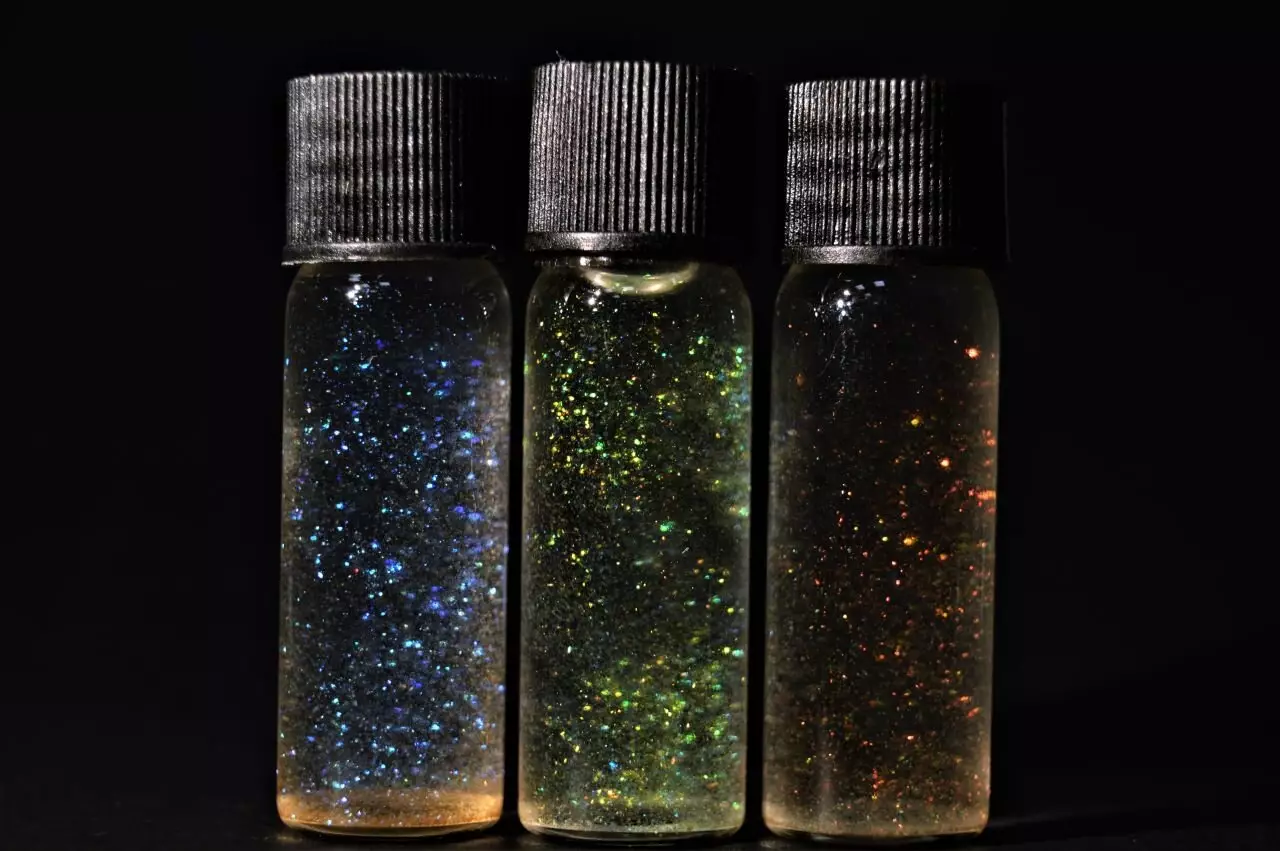Plastic pollution has become a pervasive issue, infiltrating every corner of our planet. Annually, the world produces approximately 368 million metric tons of plastic, out of which a startling 13 million metric tons find their way into our soil systems. This alarming figure raises a crucial question: what are the ecological consequences of such extensive plastic waste? Among various forms of plastic debris, ‘microplastics’—small particles measuring less than 5 mm—pose significant threats to both terrestrial and aquatic ecosystems. Created through the degradation of larger plastic items or released directly from products, these minuscule pieces can have dire effects on wildlife, potentially causing malnutrition, starvation, and even physical harm to animals mistaking them for food.
Much of the research surrounding microplastics has focused on ocean species, largely ignoring the pollution occurring on land. Strikingly, estimates indicate that the amount of plastic pollution entering terrestrial environments is four times greater than that entering our oceans. The ramifications of this discrepancy are yet to be fully understood, but studies suggest that microplastics are wreaking havoc on soil health as well. For instance, the adoption and ubiquity of glitter—a common microplastic found in cosmetics, clothing, and decorations—demands urgent attention. Typical glitter is primarily composed of polyethylene terephthalate (PET), the same plastic material widely used for drink containers, further highlighting its prevalence in consumer products.
Glitter’s journey into ecosystems is all too familiar to anyone who has used it in art, beauty, or fashion. With its sparkling appeal, it often becomes an uncontrollable contaminant, spreading widely and lingering in environments. In 2023, the European Union recognized this issue and officially banned loose plastic glitter alongside other microplastic products to reduce environmental harm by 30% by 2030. However, this significant legislative action has yet to be mirrored in countries like Australia, where studies revealed that an astonishing 24% of microplastics in sewage sludge were glitter. The tiny size of glitter particles complicates cleanup efforts, as they can become virtually invisible over time. While biodegradable glitter options are available, concerns arise regarding their toxicity, with some studies indicating that they may be just as harmful or even more so than conventional options.
In light of these challenges, researchers at the University of Cambridge are pioneering a solution by developing a new type of glitter derived from cellulose, a plant-based material. Their study, published in **Chemosphere**, investigates the potential of this innovative glitter to serve as a sustainable alternative to traditional options. Cellulose, which provides structural strength to tree wood, presents an exciting avenue for creating biodegradable glitter that sparkles without the environmental repercussions associated with conventional microplastics.
As part of their research, scientists examined the effects of both traditional glitter and the new cellulose variant on the soil-dwelling springtail (Folsomia candida), a vital organism known for its role in maintaining soil health. By administering varying concentrations of both types of glitter within soil samples from the University of Melbourne’s Dookie campus, researchers were able to assess the impact on the springtail’s reproduction, survival, and growth.
The results from this exploratory study proved to be informative yet concerning. While neither form of glitter significantly impacted the springtails’ survival or size, conventional glitter began to diminish reproduction rates when concentrations reached 1,000 mg per kg of soil, resulting in a staggering 61% reduction in progeny. Such findings are particularly troubling when considering that contaminated soils have been documented to host microplastic levels reaching nearly 100,000 mg per kg. In contrast, the cellulose glitter did not exhibit harmful effects on springtail reproduction at any test concentration, suggesting a safer route forward for glitter use in various applications.
Ultimately, the implications of reduced springtail reproduction could be far-reaching for soil health, leading to decreased organic matter breakdown and nutrient cycling critical for plant growth. Therefore, a shift in consumer behavior toward sustainable alternatives appears necessary.
The findings from this and similar studies call for a reevaluation of our relationship with products like glitter. Awareness remains crucial as we make choices in cosmetics, clothing, and crafts. As consumers, we can advocate for and choose sustainable options, supporting research and development efforts aimed at mitigating plastic pollution. Looking ahead, the future may see a shift toward biodegradable alternatives that maintain the aesthetic appeal of traditional glitter without imposing severe ecological consequences. In the battle against plastic use, knowledge and conscious consumerism may emerge as our strongest allies.


Leave a Reply